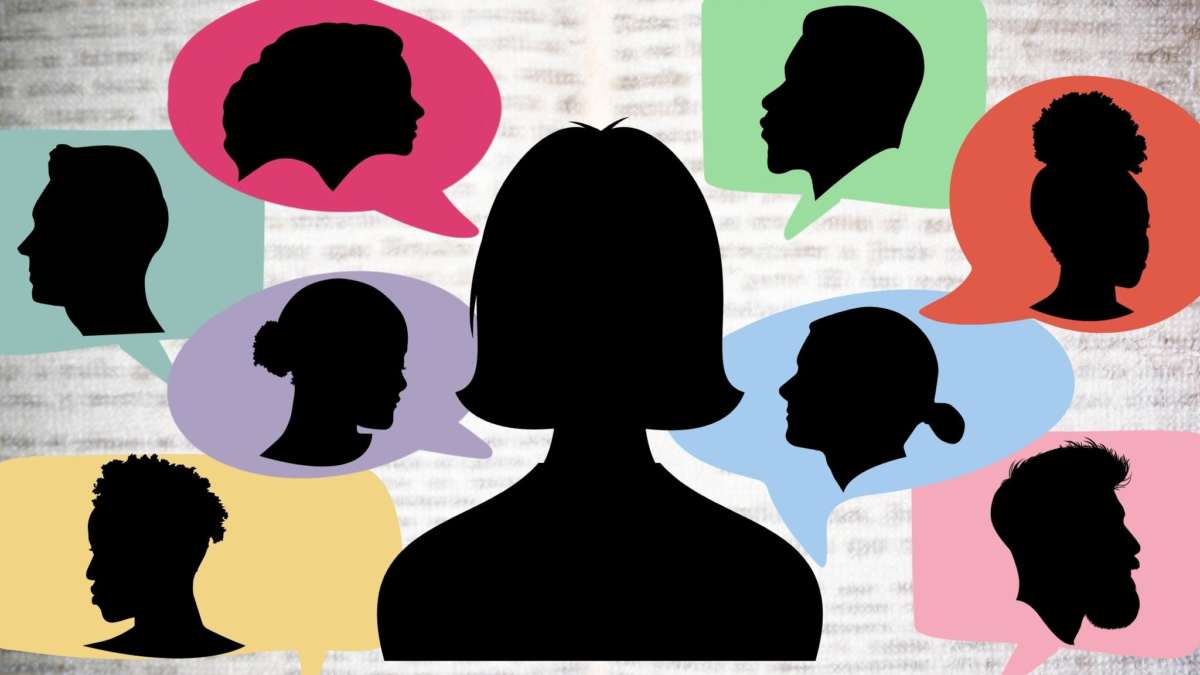EDITOR’S NOTE: What follows is an article written by author Anne Dimock, whose debut novel Against the Grain tells a story about desegregation in the 1960s through six perspectives: two of them Black and four of them white. In the article, she explores the question: Is it ok for a white author to write through the eyes of a Black character?
This is an important discussion not without precedent, and not isolated to one marginalized group. The highly anticipated publication two years ago of American Dirt, the tale of a Mexican immigrant family, by Jeanine Cummins, a white woman, generated outrage from members of the Latinx community, the #OwnVoices movement, and other concerned observers about race, identity and Cummins’ right in the first place to write about the plight of marginalized communities.
Since then, we’ve seen some strides in the direction of equity. The launch of several imprints from major publishing houses to elevate the works of BIPOC authors. Diversity, Equity and Inclusion (DEI) goals across the publishing industry. And more mindful practices in both editing and writing. In one recent example, bestselling white author Marie Benedict teamed up with acclaimed Black author Victoria Christopher Murray to write The Personal Librarian, the fictionalized biography of Belle de Costa Greene, a Black woman who worked for financier J.P. Morgan.
Here is Dimock’s article, in which she talks about her journey in arriving at her six-perspectives format, and there’s much food for thought and discussion.
BookTrib welcomes comments from readers and other articles from authors on this important topic and similar subjects of relevance to DEI in publishing.
It took me over 15 years to complete Against the Grain, my debut novel about how a small act of desegregation ripples through a community during 1962-64. I had been writing the novel in my head for decades longer. This was not writer’s block — more the opposite, I had a lot to say and needed to find the right structure for it. I was also looking for something like “permission,” that it was OK for me, a white writer, to explore a topic beyond my experience, and use the point of view of a Black person.
From the beginning, I asked myself and others if I had the “right” to write this story and use a young Black girl’s perspective. Some said “yes.” Some said “yes, but only if you …” A few said, “hell, no!” Some advised I make the girl bi-racial, write from the perspective of her white friend, or another white character, someone more like myself.
I wanted to expand the view of this town, time and politics beyond my own experience and viewpoint. I wanted to more deeply engage all the questions and possibilities around religion, racism, classism, sex, boys and men, protest — all the questions I had when I was a teenager that no one would talk about. Toni Morrison said to her Princeton students, “Please don’t tell me about your little life — is there nothing larger? More important?” Yes. There is.
We know the events of the last decade that raised the stakes. I did not plan that my novel would land now at a time of social reckoning over racism, but nor does it seem accidental.
I understood that some felt strongly that I do not have the right to represent the life of a minority/identity group/race/oppressed population I’m not a part of. That I must not benefit from the telling of a story about an oppressed group. That the playing field is not even. That I am hopelessly privileged and must stand back for others. And the decline of time spent reading books hurts us all and hurts some disproportionately.
I have chosen to think about what my responsibilities are in this matter rather than what my rights are. Here are some of the actions I took:
- I professionally engaged African American editors/writers/readers to evaluate my project.
- I questioned my motives, my decisions, and listened to others.
- I widely read others’ approach to this issue.
- I acknowledge with respect and compassion the barriers that exist to publishing success.
- I do what I can to promote reading and publishing. (I am part of a national work group that is trying to offer new models of success to independent booksellers.)
- I educate myself and keep abreast on the inequities different groups face to succeed in life, as well as publishing.
- When invited, I share the stage and extend the spotlight to others.
- I try to not be a white savior.
- I was willing to change and re-write.
- I know my limits. And yes, I have limits.
After many drafts, I chose a structure that allowed six points of view. The story of 1962-64 unfolded through the eyes of the young Black girl and her father, but also four others, white people who also had a stake in the girl’s actions.
I abandoned my search for permission and sought only the approval of my own conscience. In my heart of hearts, I know I did the necessary work to honor the imaginary lives I created for all my characters, and I wrote the book I wanted to write.





Good for you Anne! I appreciate the thought and heart evaluations you put into your writing and look forward to reading “Against the Grain!”